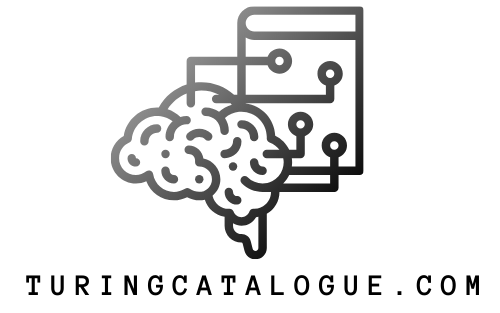Are you a beginner with low coding skills looking to use Hugging Face models in Python? Look no further! In this step-by-step guide, we will walk you through the process of using Hugging Face models, providing example code along the way. Let’s get started!
Step 1: Install the Required Libraries
The first step is to install the necessary libraries. Open your terminal or command prompt and run the following command:
pip install transformersStep 2: Import the Required Modules
Once the installation is complete, import the required modules in your Python script:
from transformers import pipelineStep 3: Choose a Hugging Face Model
Next, you need to choose a Hugging Face model for your task. Hugging Face provides a wide range of pre-trained models for various natural language processing (NLP) tasks. You can find the available models on the Hugging Face Model Hub.
For example, if you want to use a model for text classification, you can choose from models like BERT, GPT-2, or RoBERTa. Each model has its own strengths and capabilities, so choose the one that best fits your needs.
Step 4: Load the Model
After selecting a model, load it using the pipeline function:
model = pipeline('task-name', model='model-name')Replace 'task-name' with the specific task you want to perform (e.g., 'text-classification') and 'model-name' with the name of the model you chose in the previous step.
Step 5: Use the Model
Now that the model is loaded, you can use it to perform various NLP tasks. The pipeline function provides a simple interface for using Hugging Face models.
For example, if you loaded a text classification model, you can classify a piece of text using the following code:
result = model('text-to-classify')Replace 'text-to-classify' with the actual text you want to classify. The result variable will contain the predicted class or label.
Step 6: Interpret the Results
Once you have the results from the model, you can interpret them according to your specific task. For example, if you used a sentiment analysis model, the result could be a positive or negative sentiment score.
Depending on the task and the model you chose, the output format may vary. It’s important to consult the documentation or the Hugging Face website for specific details on how to interpret the results.
Step 7: Experiment and Refine
Now that you have successfully used a Hugging Face model, feel free to experiment and refine your code. You can try different models, fine-tune them on your specific data, or explore other NLP tasks.
Remember, practice makes perfect, so keep experimenting and refining your code to achieve the best results!
Conclusion
Using Hugging Face models in Python doesn’t have to be complicated, even for beginners with low coding skills. By following these step-by-step instructions and using the example code provided, you can start leveraging the power of pre-trained models for your NLP tasks.
Remember to install the required libraries, import the necessary modules, choose a Hugging Face model, load the model, use it for your specific task, and interpret the results. Don’t forget to experiment and refine your code to achieve the best possible outcomes.
Happy coding with Hugging Face!

